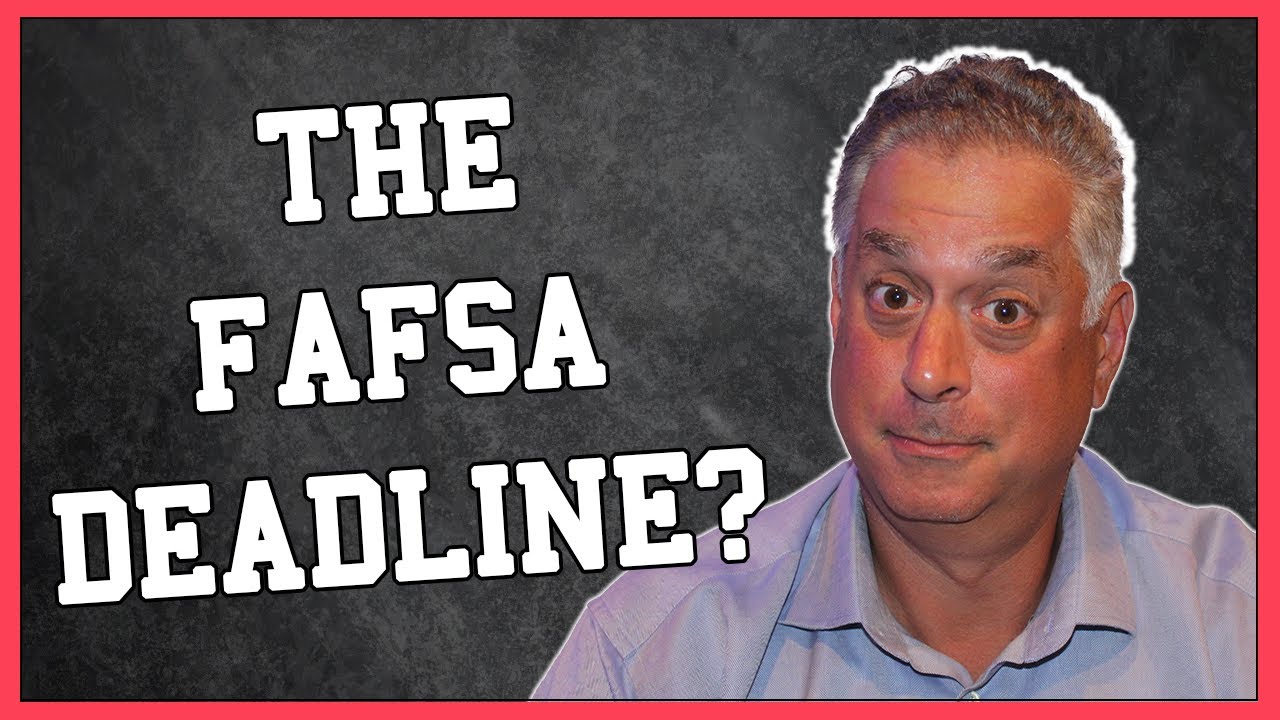Introduction to Lobster Season in Rhode Island
Lobster season in Rhode Island is a highly anticipated time for fishermen and seafood enthusiasts. Located along the picturesque Atlantic coast, Rhode Island is known for its abundant lobster populations and delicious seafood cuisine. Lobster season refers to the period when lobsters are most plentiful and can be legally harvested. This article will provide an in-depth understanding of the timing of lobster season in Rhode Island, including the factors influencing its dates, regulations and restrictions, as well as the best times to plan a lobstering trip.
Understanding the Importance of Timing
Timing plays a crucial role in lobster fishing as it directly affects the availability and quality of lobsters. During the lobster season, the lobsters are at their largest and most active state, making it the ideal time for harvesting. Additionally, this period ensures the sustainability of lobster populations as it allows for the reproduction and growth of lobsters during the rest of the year. Understanding the timing of lobster season is vital for both commercial lobster fishermen and recreational lobstering enthusiasts.
Factors Influencing Lobster Season Dates
Several factors influence the dates of lobster season in Rhode Island. The primary factor is the water temperature, as lobsters are cold-blooded creatures and their behavior is heavily influenced by temperature changes. Lobsters tend to be more active and easily caught when the water temperature rises above a certain threshold. Other factors include the mating and molting cycles of lobsters, which also affect their availability and vulnerability to fishing.
Spring and Summer: Prime Lobster Seasons
Spring and summer are considered the prime lobster seasons in Rhode Island. As the water temperature begins to rise in spring, lobsters become more active and migrate closer to the shore. This makes them more accessible to fishermen. The summer months, especially June and July, mark the peak of lobster season, with an abundance of large and healthy lobsters. Lobster lovers flock to Rhode Island during this time to indulge in the freshest and tastiest lobsters.
Fall and Winter: Off-Season for Lobstering
Fall and winter are the off-season for lobstering in Rhode Island. As the water temperature drops, lobsters become less active and tend to move to deeper and colder waters. This makes it difficult for fishermen to catch them, and the population decreases significantly. During this time, commercial lobster fishermen often focus on other species such as crabs and scallops. However, this is also a period of rest and recovery for the lobsters, allowing them to reproduce and maintain their populations.
Regulations and Restrictions for Lobster Fishing
To protect lobster populations from overfishing, there are strict regulations and restrictions in place for lobster fishing in Rhode Island. The state has a minimum size limit for lobsters that can be legally caught, ensuring that undersized lobsters have a chance to grow and reproduce. Additionally, there are restrictions on the number of traps that can be used, the areas where lobster fishing is allowed, and the duration of the lobster season. These regulations aim to maintain a sustainable lobster fishery for future generations.
Rhode Island’s Lobster Season Calendar
Rhode Island’s lobster season calendar follows a predictable pattern based on historical data and the influence of seasonal changes. Typically, lobster season officially opens on May 1st and runs until December 31st. However, the most productive months for lobstering are from June to October, with the peak season being in June and July. During the off-season from January to April, lobster fishing is prohibited to allow for the growth and reproduction of lobsters.
Planning a Lobstering Trip: Best Times to Go
For those planning a lobstering trip to Rhode Island, the best times to go are during the peak season of June and July. During this time, lobster populations are at their highest, and the chances of catching large and healthy lobsters are significantly increased. It is important to plan ahead and book accommodations and charters in advance, as this is a popular time for lobster enthusiasts to visit Rhode Island. The weather during the summer months is also ideal for outdoor activities, making it the perfect time to enjoy a lobstering adventure.
Lobster Season Trends and Historical Data
Over the years, lobster season trends in Rhode Island have shown some interesting patterns. One notable trend is the earlier arrival of lobsters in the spring and their extended presence into the fall. This can be attributed to the warming ocean temperatures caused by climate change. Historical data also indicates fluctuations in lobster populations due to natural cycles and environmental factors. Analyzing these trends and data helps scientists and fishermen understand the dynamics of lobster seasons and make informed decisions regarding conservation and management practices.
Impact of Climate Change on Lobster Season
Climate change has had a significant impact on lobster seasons in Rhode Island. Rising ocean temperatures have caused lobsters to migrate further north, resulting in changes in their distribution and abundance. This has led to shifts in the timing and duration of lobster season. Warmer waters also affect the molting and reproductive cycles of lobsters, impacting their overall population. Studying the effects of climate change on lobster seasons is crucial for predicting future trends and implementing adaptive management strategies.
Conservation Efforts and Sustainable Practices
Recognizing the importance of maintaining a sustainable lobster fishery, Rhode Island has implemented various conservation efforts and sustainable practices. These include enforcing regulations on trap limits and size restrictions, conducting research on lobster populations, and promoting responsible fishing practices among fishermen. The state works closely with scientists, fishermen, and stakeholders to ensure the long-term health and viability of lobster populations. By adopting sustainable practices, Rhode Island aims to preserve its rich lobstering heritage and support the local economy.
Conclusion: Enjoying Rhode Island’s Lobster Season
Rhode Island’s lobster season is a time of excitement for both seasoned fishermen and seafood enthusiasts. Understanding the timing of the lobster season is essential for planning a successful lobstering trip. By considering the factors influencing lobster season dates, following the regulations and restrictions, and being aware of lobster season trends and conservation efforts, individuals can enjoy the bountiful harvest of lobsters while also contributing to their long-term sustainability. Whether indulging in a lobster feast at a local restaurant or catching lobsters firsthand, Rhode Island offers a unique and unforgettable lobster experience.





